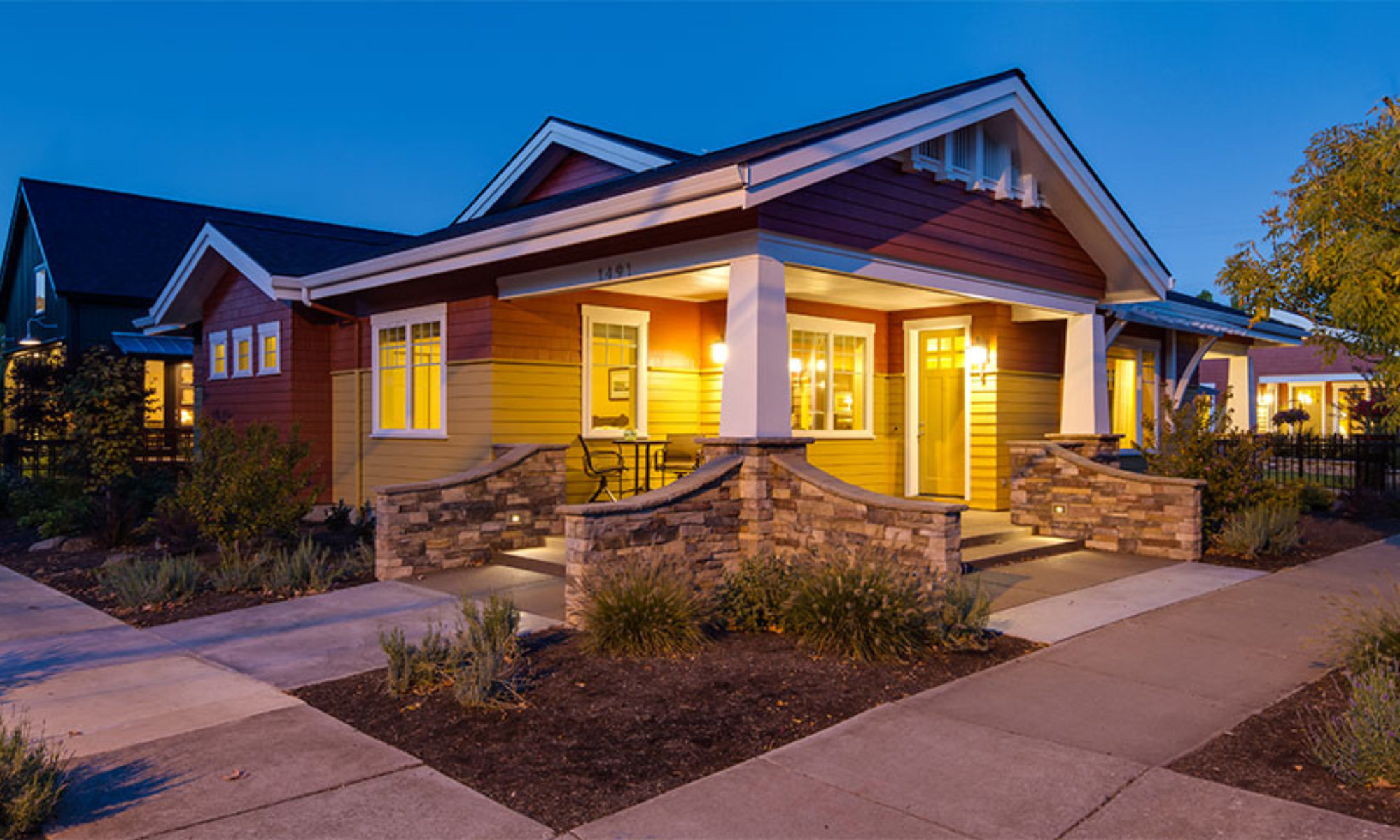 Saint Patrick’s Day, 2011. The day of the fifth annual Project Homeless Connect (PHC) in Lane County, Oregon. Simply “ordinary people finding extraordinary solutions to end homelessness.”
Saint Patrick’s Day, 2011. The day of the fifth annual Project Homeless Connect (PHC) in Lane County, Oregon. Simply “ordinary people finding extraordinary solutions to end homelessness.”
If you’re wondering here what aspect of living a simple, sustainable lifestyle this addresses, it falls squarely into the triple bottom line leg of social equity. This was the third year my wife and I helped. She helped with greeting and I was a restroom monitor (more on that later).
So what, exactly, is PHC?
“In any given night in Lane County, over 3,467 people are homeless or living in temporary shelters. 11,513 individuals in 9,134 households were homeless and received services from our local continuum of care last year. Hundreds more families are “hidden away” moving between family and friends, living in cars or facing imminent threat of eviction. It is difficult for people to feel safe, access health care or mental health treatment, find and maintain a job, resolve legal problems or keep their children in school while trying to manage their housing crisis or keep their families sheltered. People who are homeless struggle daily with the repercussions of unmet basic human needs for safety, stability and shelter.
Project Homeless Connect is a nationwide movement to increase access to services for homeless people and to engage local communities in finding a solution for homelessness. By convening a one-day, “one-stop shop” event, Project Homeless Connect offers assistance with housing, health care, legal issues, benefits enrollment, treatment and other basic needs to people who are homeless.”
This year, over 850 volunteers from our community served right at 1,600 guests. Homeless, near homeless people at risk. I love the restroom monitor slot. The first year I signed us up, we procrastinated and the only available slots were restroom monitors. My wife’s first reaction was something like, “you signed us up for what?” But we served and in doing that, we discovered that the people coming to the event were so respectful of the facility and the volunteers, that restroom monitor really meant hang out in the lobby and chat with people (and occasionally check on the restrooms).
And that’s where our perspective shifted. We met some fascinating people. Today, I met a man in a wheelchair with a service dog named Mr. Ed. I remember the Mr. Ed TV show. And so did he. Perspective.
Then there was Robert, who just needed help carrying his large trash bag of stuff and backpack to the bag check area. Robert walked slowly and haltingly with a cane. The bag check was at the other end of the lobby. I apologized for having to make him walk all the way across the lobby. His response? “It’s good exercise.” Perspective.
Or Matthew, who needed help for his diabetes because he needed insulin and his feet were going numb. Or James who simply wanted a sleeping bag.
It’s opportunities like this that encourage me to live with less stuff. I mean, how many shirts do I need? Simple, sustainable lifestyle. I met Doug, who helps with the Egan Warming Centers in our town. And I was reminded of Mary S. who I wrote about a while back. And I thought I need to volunteer there, too. Perspective.
Then I went through a fast food drive thru for my lunch, they messed up my order and I had to wait while they redid it, apologizing all over themselves. And I was able to say, “No problem. Really.” Perspective. After all, I had money to buy a burger and fries and a car to go through the drive thru and I could eat and not be hungry.
I can’t wait for Project Homeless Connect 2012.









